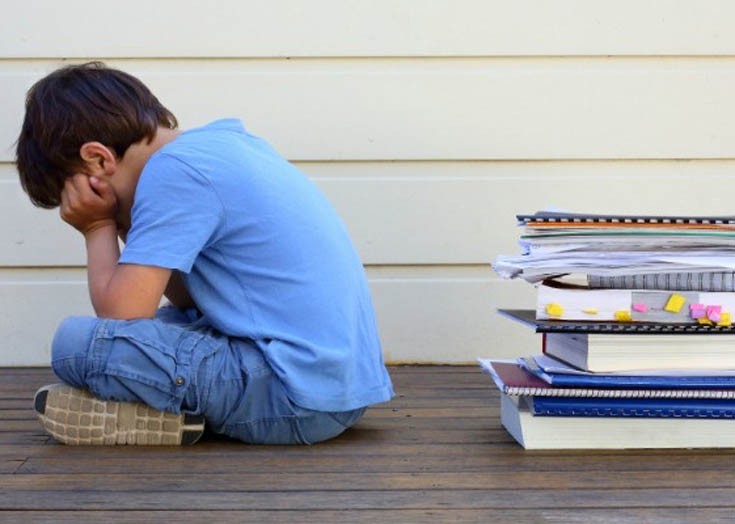
You have to learn how to not let education kill your creativity, that uneducated, raw Dionysian spirit that is within every unschooled child

"Every child is an artist. The problem is how to remain an artist once we grow up." ―Pablo Picasso
Creativity is everywhere unless you are Plato and you want to banish poets and artists. According to Susan Sontag, the original function of art was "incantatory". People used their own bodies as art instruments, singing, chest thumping, painting the picture of their own hands on cave walls. Art was something supernatural and magical.
Through art, you could invoke the spirits living above and around ‘primitive’ human habitations to intervene in the worldly affairs. A good performance of magic could kill your enemy. Mimesis was power. Create an image of your enemy in the shape of a doll, sing some good songs to cast a spell and your crops would grow abundantly and your enemy would wither away.
Then came Plato who made poets and painters justify their work and their existence or they would be expelled from his ideal republic. Since then, artists have to explain what their work signifies. Interpretation is the end of magic. The spell is over.
Rationality has laid bare every haunted corner of the forest and every grove is catalogued in the taxonomy of Linnaeus. The witches and fairies are no longer there; therefore, any human being can walk into a forest with a chainsaw and massacre the trees. The so-called ‘superstitious’ people were more eco-friendly than Platonic rationality.
No wonder, Karl Popper considered Plato, Hegel, and Marx as the enemies of an open society. But Popper believes in falsifiability. What cannot be falsifiable is not scientific for him. Once again, art, magic and superstition need to explain themselves in the court of reason.
Rationality, as it has been unleashed on the world after the Enlightenment, has expanded the reach of violence to those nooks in dark forests where churrails and picchhalperis lived. Only art can undo the disasters of rationality. There is no justification for seeking an explanation of a work of art.
Life is Dionysian as it is. Apollonian structures only stifle it. For Michel de Certeau, the crayon doodles of a child on the pages of a government-approved textbook are to be celebrated as the child’s way of writing back to the government. Everybody can paint like Jackson Pollock and everybody can bring Duchamp’s Fountain to the gallery. There is nothing to it except the will to be free of the straitjackets of rationality.
This view is even supported by rational methods of studying these things. In a TED talk which has been viewed more than 50 million times, Ken Robinson has argued that every child is a genius and an artist before these qualities are killed by schools. The test is very simple and it is reported in the Journal of Royal Society of Medicine.
The test is this: how many uses can you think of a paperclip? If you are a creative genius, you will come up with more than 200 uses of a paperclip and you will even be flexible when you imagine its size. The findings of this test are quite revealing: "A longitudinal study of kindergarten children measured 98 per cent of them at genius level in divergent thinking. Five years later, when they were aged 8 to 10 years, those at genius level had dropped to 50 per cent. After another five years, the number of divergent thinking geniuses had fallen further still" (J R Soc Med, 2011, Volume 104, page 391).
It means the demands of the educational structure kill creativity in a majority of children. You have to learn how to not let education kill your creativity, that uneducated, raw Dionysian spirit that is within every unschooled child.
Why does education kill creativity? It is because it fosters creativity-killing attitudes. Let us try to make a list of anti-creativity attitudes of educational institutions. Firstly, education can close the natural openness of the human mind by instilling the notion that there is only ONE correct answer to every question. This can produce intolerance for all those who want to show any flexibility towards those answers which are considered socially or structurally as "wrong answers."
Secondly, education can kill the spirit to explore alternatives because students witness their teachers punishing those who have produced ‘wrong’ answers and then teachers are seen rewarding those who have the ‘right’ answers. Thirdly, both learning and play are structured in schools as if time were an institutional matter.
Read also: Editorial
Fourthly, grades make students competitors instead of collaborators. Grades are like private property and you have to keep up with the Joneses. Some educational systems have tried to undo the damage caused by these institutional attitudes by removing grading and degrees altogether. For example, College de France, which was established in 1530 and is the most prestigious educational institution of France, offers no degrees and maintains no enrolment records. All lectures are open to public and professors can share the result of their creative inquiries in 12 lectures a year. The learners come there if they are interested in a topic and are not punished or rewarded for understanding the lecture the right or the wrong way and there is no competition between the learners.
Anyone who overemphasises the importance of structures for creativity should study the work of Vitaly Komar and Alexander Melamid who have even taught the art of painting to elephants.